In today’s evolving business landscape, a modern operating model isn’t only a luxury—it’s a necessity. Organisations must swiftly adapt to talent shortages, restructuring, and disruptions. But how? The answer lies in strategically identifying and addressing the “noise” within operations and redeploying capacity to gain efficiencies. Redeployment isn’t only about moving people—it’s about optimising capacity, leveraging existing talent, and ensuring agility to enhance employee experience (EX) and foster loyalty. However, that’s only half of the equation.
Over the past few years, customer experience (CX) has been a key driver across industries, notably within superannuation where the focus has shifted towards attracting and retaining members through investing in seamless interactions, personalised services, and intuitive interfaces.
But here’s the twist: CX and EX are intrinsically linked. Whilst EX and CX have historically been treated as separate entities there is a definitive link between the two. But what is it?
Let’s look at it in a “Noise” context:
- Customer Noise: Imagine a customer navigating through your services. They encounter roadblocks—delays, confusing processes, or unresponsive channels. This “noise” impedes their journey toward their desired outcome – Customer noise manifests as frustration, dissatisfaction, and ultimately, churn.
- Employee Noise: Now shift your focus to the employee’s journey. They face their own set of impediments—inefficient tools, convoluted workflows, or unclear expectations – Employee noise leads to disengagement, burnout, and reduced productivity. It’s the interference that hinders their ability to deliver exceptional service.
In most cases, the noise faced by customers mirrors the noise faced by employees.
So how can organisations tackle this?
- Overlay Journeys: Map your customer journey alongside your employee journey. Identify touchpoints, pain points, and moments of truth. Pinpoint the areas where noise disrupts the flow.
- Cost of Noise: Noise isn’t only annoying; it has tangible costs. Calculate the impact—financially and operationally. Consider the cost to serve—people, processes, and technology.
- Agility as the Amplifier: Agility is your volume control. Be nimble in addressing noise. Iterate, experiment, and adapt.
IQ Group’s Modern Operating Model approach (powered by Xep3) focuses on engagement and knowledge transfer to address practical issues effectively. Recognising the importance of real data to understand these issues, IQ Group through XeP3 involves both employees and customers directly. This collaborative approach serves as a catalyst for change by breaking down barriers, and generating insights that quantify issues and opportunities. Ultimately, this empowers organisations to make informed, data-driven decisions based on a comprehensive understanding of their processes.
If you have any questions or would like to chat with one of our friendly team members, feel free to comment or contact us.
By Shane De Silva, Consulting Director

Recent Comments